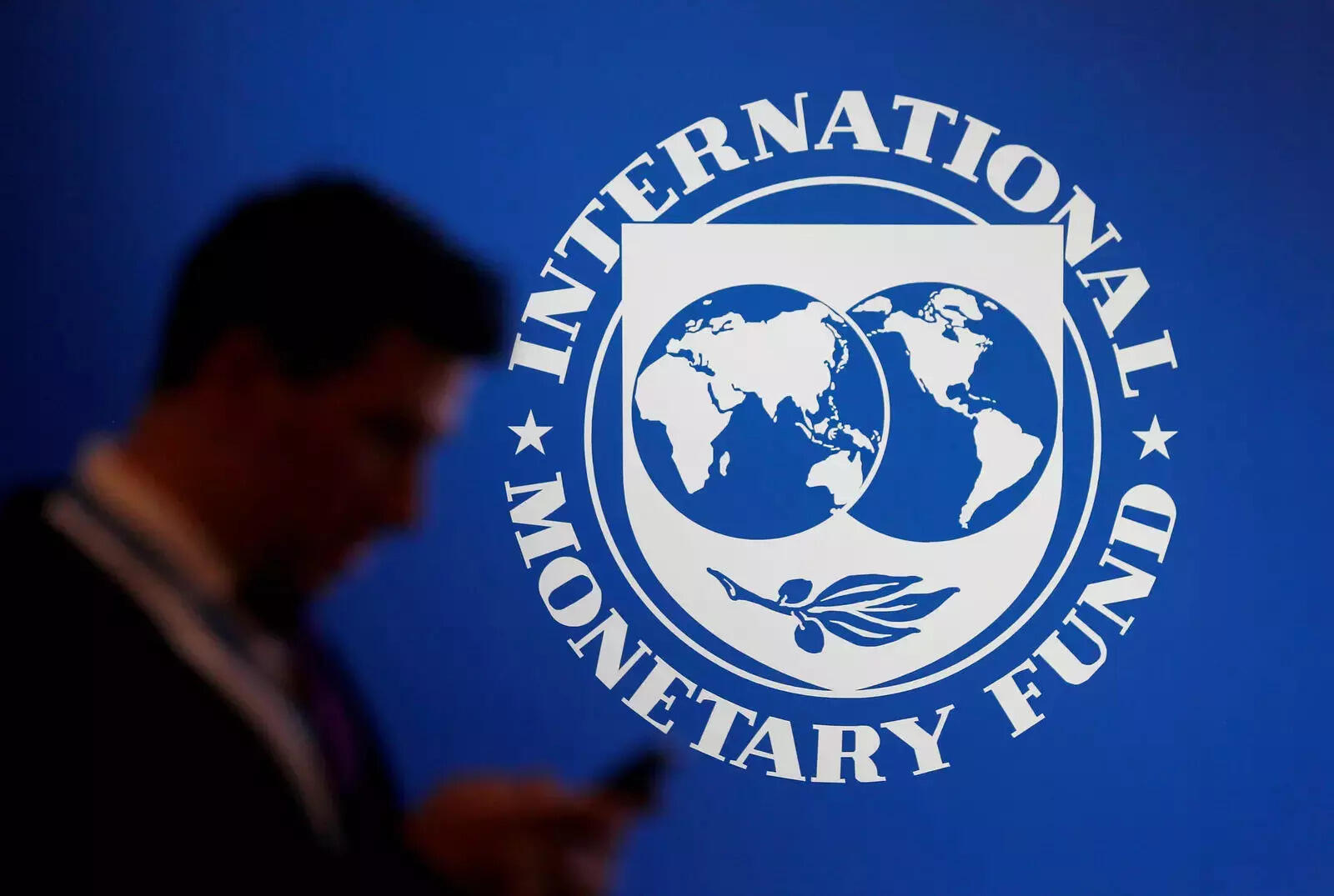
The International Monetary Fund cut global growth forecasts again on Tuesday, warning that downside risks from high inflation and the Ukraine war were materializing and could push the world economy to the brink of recession if left unchecked.
Global real GDP growth will slow to 3.2% in 2022 from a forecast of 3.6% issued in April, the IMF said in an update of its World Economic Outlook. It added that world GDP actually contracted in the second quarter due to downturns in China and Russia.
The Fund cut its 2023 growth forecast to 2.9% from the April estimate of 3.6%, citing the impact of tighter monetary policy.
World growth had rebounded in 2021 to 6.1% after the COVID-19 pandemic crushed global output in 2020 with a 3.1% contraction.
“The outlook has darkened significantly since April. The world may soon be teetering on the edge of a global recession, only two years after the last one,” IMF Chief Economist Pierre-Olivier Gourinchas said in a statement.
RUSSIAN GAS EMBARGO
The Fund said its latest forecasts were “extraordinarily uncertain” and subject to downside risks from Russia’s war in Ukraine spiking energy and food prices higher. This would exacerbate inflation and embed longer-term inflationary expectations that would prompt further monetary policy tightening.
Under a “plausible” alternative scenario that includes a complete cut-off of Russian gas supplies to Europe by year-end and a further 30% drop in Russian oil exports, the IMF said global growth would slow to 2.6% in 2022 and 2% in 2023, with growth virtually zero in Europe and the United States next year.
Global growth has fallen below 2% only five times since 1970, the IMF said, including the 2020 COVID-19 recession.
The IMF said it now expects the 2022 inflation rate in advanced economies to reach 6.6%, up from 5.7% in the April forecasts, adding that it would remain elevated for longer than previously anticipated. Inflation in emerging market and developing countries is now expected to reach 9.5% in 2022, up from 8.7% in April.
“Inflation at current levels represents a clear risk for current and future macroeconomic stability and bringing it back to central bank targets should be the top priority for policymakers,” Gourinchas said.
Monetary policy tightening will “bite” next year, slowing growth and pressuring emerging market countries, but delaying this process “will only exacerbate the hardship,” he said, adding that central banks “should stay the course until inflation is tamed.”
U.S., CHINA DOWNGRADES
For the United States, the IMF confirmed its July 12 forecasts of 2.3% growth in 2022 and an anemic 1.0% for 2023, which it previously cut twice since April on slowing demand.
The Fund deeply cut China’s 2022 GDP growth forecast to 3.3% from 4.4% in April, citing COVID-19 outbreaks and widespread lockdowns in major cities that have curtailed production and worsened global supply chain disruptions.
The IMF also said the worsening crisis in China’s property sector was dragging down sales and investment in real estate. It said additional fiscal support from Beijing could improve the growth outlook, but a sustained slowdown in China driven by larger-scale virus outbreaks and lockdowns would have strong spillovers.
The IMF cut its eurozone growth outlook for 2022 to 2.6% from 2.8% in April, reflecting inflationary spillovers from the war in Ukraine. But forecasts were cut more deeply for some countries with more exposure to the war, including Germany, which saw its 2022 growth outlook cut to 1.2% from 2.1% in April.
Italy, meanwhile saw an upgrade in its 2022 growth outlook due to improved prospects for tourism and industrial activity. But the IMF said last week that Italy could suffer a deep recession under a Russian gas embargo.
Russia’s economy is expected to contract by 6.0% in 2022 due to tightening Western financial and energy sanctions, and decline a further 3.5% in 2023, the IMF said. It estimated that Ukraine’s economy will shrink by some 45% due to the war, but the estimate comes with extreme uncertainty.